SPODDING is the most efficient way of delivering particle feeds at long distance. Aerodynamic spods will fly 100 yards and it’s possible to lay down large, tightly grouped beds of feed in minutes.
Spods come in various sizes and a fully loaded, larger model weighs several ounces when filled with broken boilies, hemp, pellets and other goodies.
That demands a spod rod with a minimum test curve of 4 lb. Standard carp fishing rods are not built for repeated casting with heavy spods and it’s unwise to risk overloading them.
Casting gloves or fingerstalls from your local chemist will prevent deep cuts caused by line. Shockleaders are also a must for buffeting the extreme pressures.
For shorter distances up to 60 yards you can use lightweight mini spods, which only weigh around 3 oz when fully loaded with bait.
These can be used with your standard carp rod of around 2.5 lb test curve or more, but it’s still a good idea to reel on 30 feet of shockleader to prevent crack-offs.
Tight baiting is easily achieved using a marker float. It only takes a few dummy casts with a spod to hit the right spot, and then you simply put the line in the line clip, reel in, load the spod with feed and aim for the marker float. The clipped line ensures that the spod will fall on the same spot every time.
Spodding can be quite addictive, especially when you get into a rhythm.
Remember, it’s easy to introduce too much feed into the swim – and you can’t remove it once delivered!
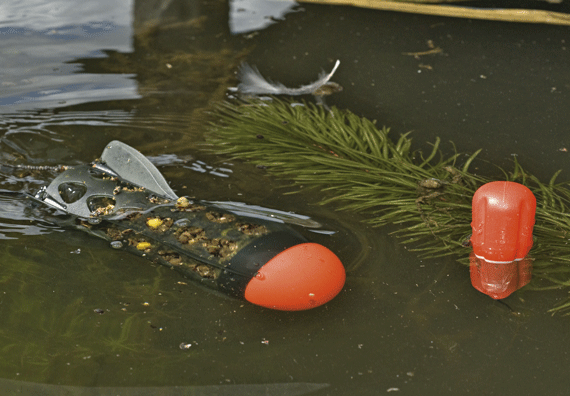
1 – Centrifugal force keeps feed in a spod until splashdown. Then the cork or polystyrene nose-cone makes it invert and spill the contents. Different coloured cones are needed for changing light conditions. Casting to a marker float is the most accurate method.
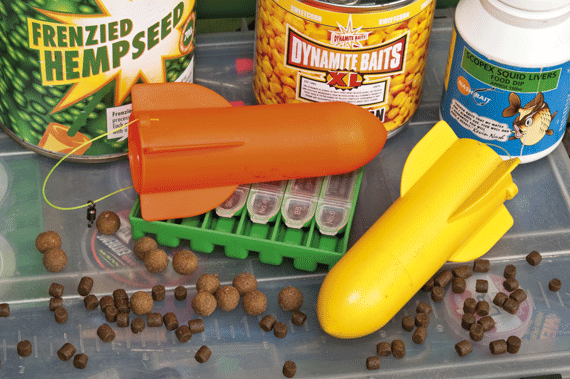
2 – Gardner pocket rockets are safe to use with a standard 2.5 lb test curve carp rod, but stout shockleaders will prevent any line breakages caused by repeated casting. A lack of holes improves performance with wet, sticky particle mixes.
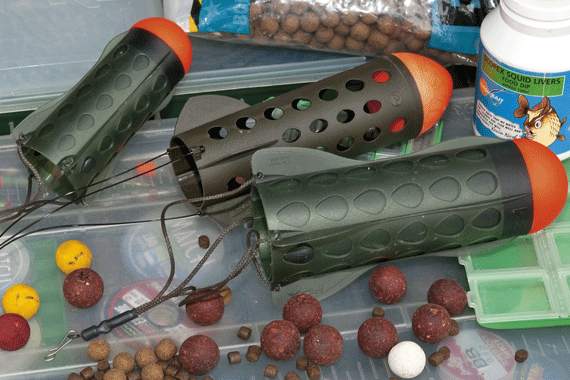
3 – A loaded spod will weigh several ounces but dedicated spod rods have sufficient backbone to cope with repeated long chucks. Shockleaders are needed to prevent crack-offs and leather fingerstalls or a glove will protect your index finger.
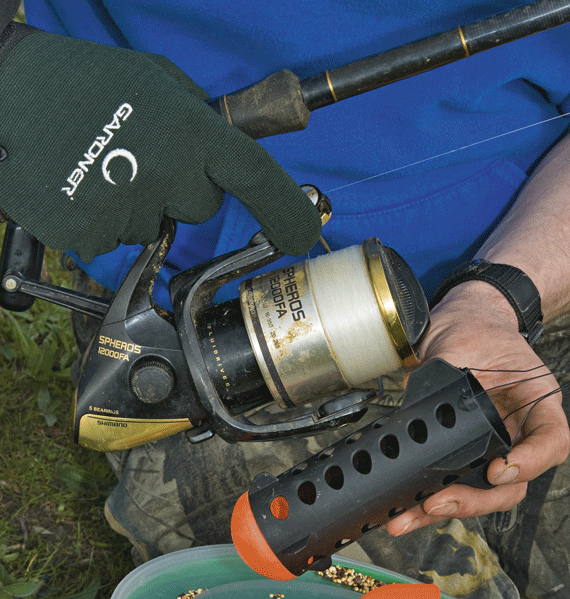
4 – A loaded spod will comfortably cast 100 yards in experienced hands. Holes in the body allow passage of water when the empty spod is being retrieved. Different coloured nose cones ensure successfully inverted spods are easily seen.
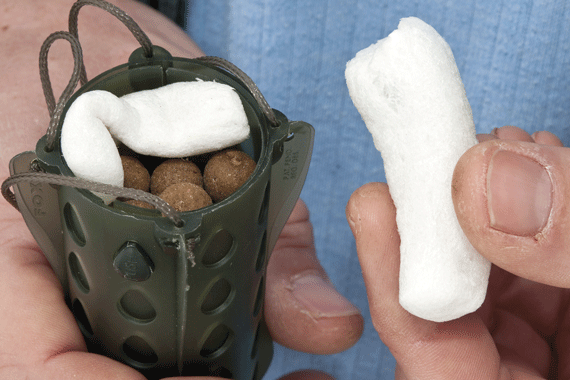
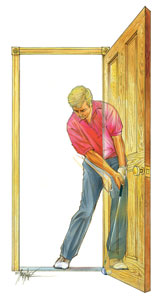
Base Training: Why You Still Need the Long Ride
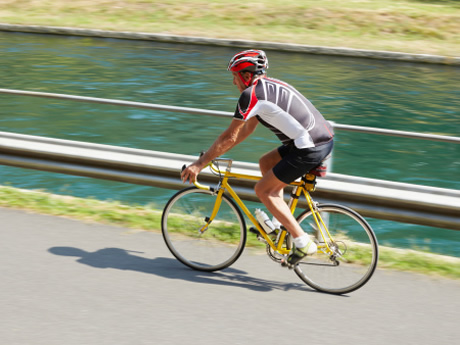
Yankee Pride: Remembering Pitcher Ralph Terry
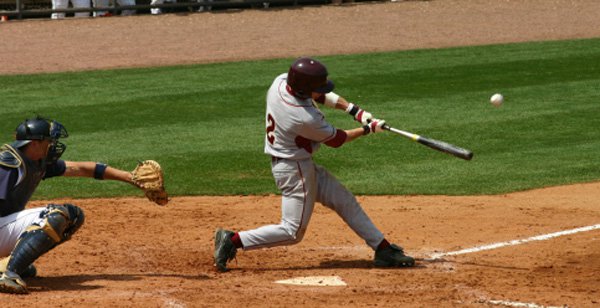
Copyright © www.mycheapnfljerseys.com Outdoor sports All Rights Reserved